Any sort of pathological testing and vaccination for pollen allergy can prove lethal once the pollen allergy spell gets underway, warn health experts.
They have advised citizens to stay away from the areas where Male Paper Mulberry trees-the main source of pollen allergy in Islamabad and its outskirts-are in abundance during pollen spell. Usually, pollen season peaks from mid February to end April.
A leaflet titled "Pollen Allergy-Precautions and Cure" published by Pakistan Institute of Medical Sciences (Pims), suggests infected people using mask during pollen season and avoiding Male Paper Mulberry trees. These two measures can limit the intensity of this allergy, the leaflet says.
It says one should avoid allergy tests and vaccination during pollen season that it warns can prove deadly. "Pollen allergy is causing problem for the citizens of Islamabad since last 20 years," it says and expresses concerns that its intensity is gradually increasing.
The intensity of pollen allergy increases and decreases with up and down in pollen count that starts with spring on Male Paper Mulberry trees and later from July to September during breading season of Cannabis Indicus and grasses. "The sectors of the federal capital where Male Paper Mulberry trees are in abundance, pollen allergy takes a form of terrible epidemic," the leaflet says.
Citizens should not resort to vacate Islamabad or stay indoor during this period. Rather, they are advised to take precautionary measures to control this problem, it adds. Main symptoms of pollen allergy problem include sneezing, watery eyes, irritation in nose, eyes and throat, itching, rash, cough and subsequent respiratory problems.
"As soon as these symptoms appear one must consult a doctor and start taking Antihistamine pills regularly and add use of inhaler in case of respiratory problems," the leaflet states.
"Inhaler does not cause addiction, but one should abandon its use as soon as respiratory problem is over.
The leaflet recommends the use of inhaler as it "promptly affects and it has no side effects" as well.
It stresses the need of awareness about precautionary measures, which can avoid or at least reduce the intensity of pollen allergy.
"Avoid visiting places where Male Paper Mulberry trees are in abundance. If not possible use of mask, wet handkerchief or towel in open places can produce relatively good results," it adds. It further advises to keep windows of houses and cars closed and those who have the problem last year must start taking treatment a few weeks before this season arrives. Use wet cloth to clean floors and spary water before sweeping in case of un-cemented floors. Regular vacuum cleaning of mats and carpets must be ensured.
BR100
15,103
Increased By
140.9 (0.94%)
BR30
42,619
Increased By
540.8 (1.29%)
KSE100
148,196
Increased By
1704.8 (1.16%)
KSE30
45,271
Increased By
438.2 (0.98%)


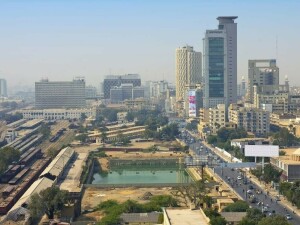


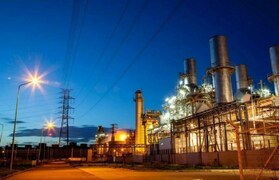






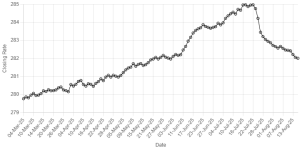
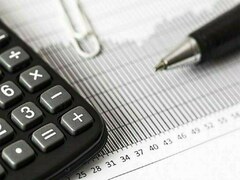

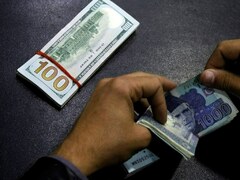
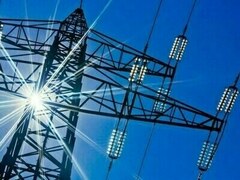


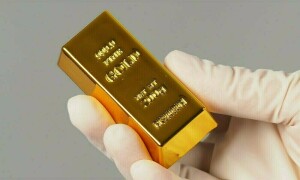
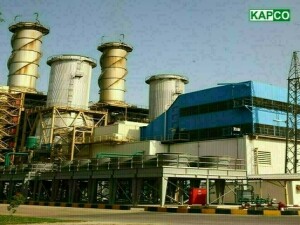

Comments
Comments are closed.